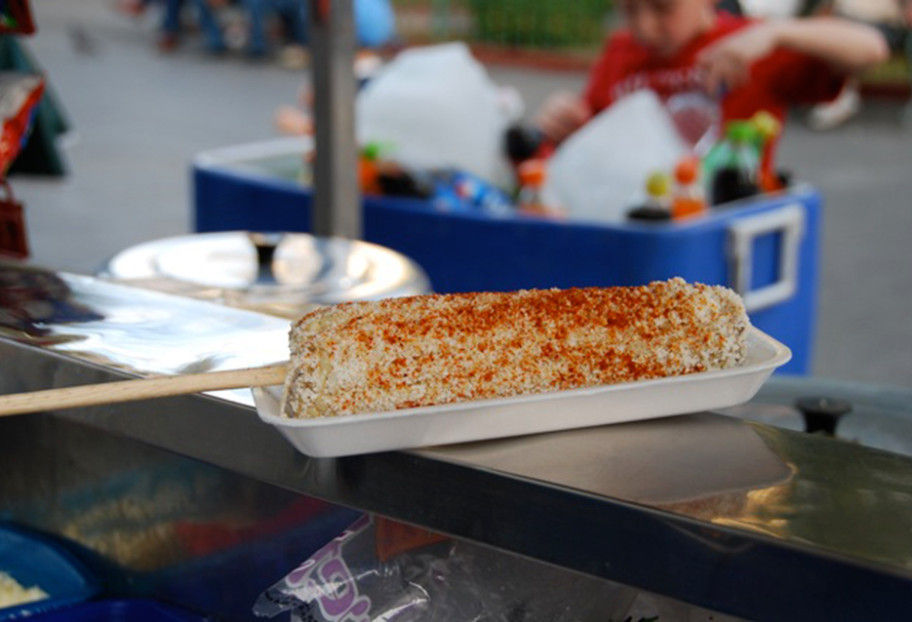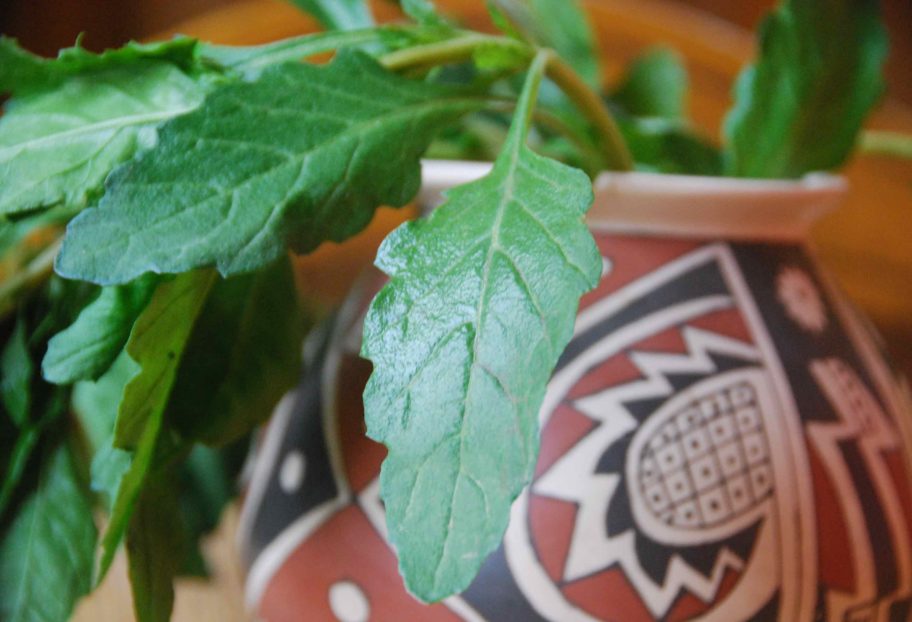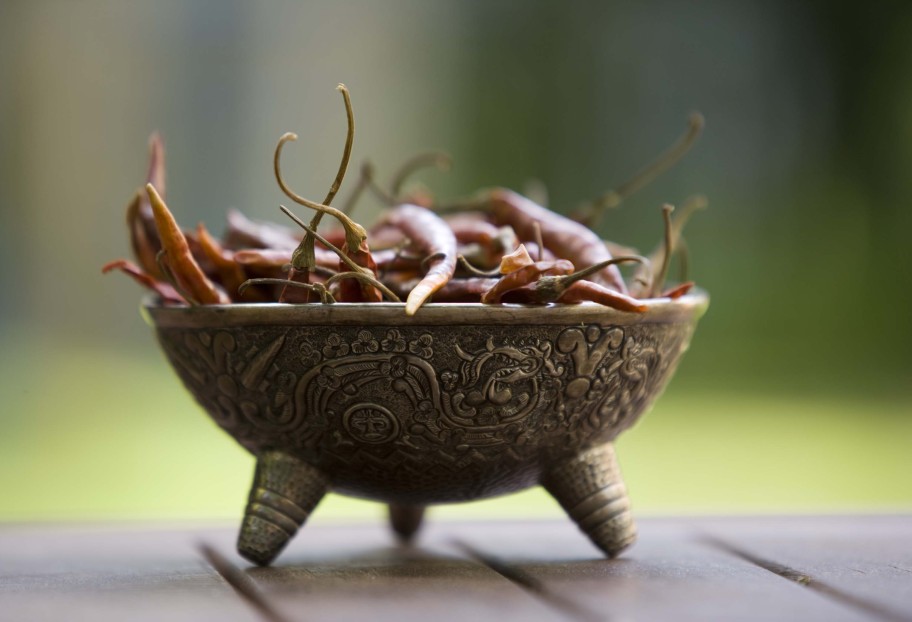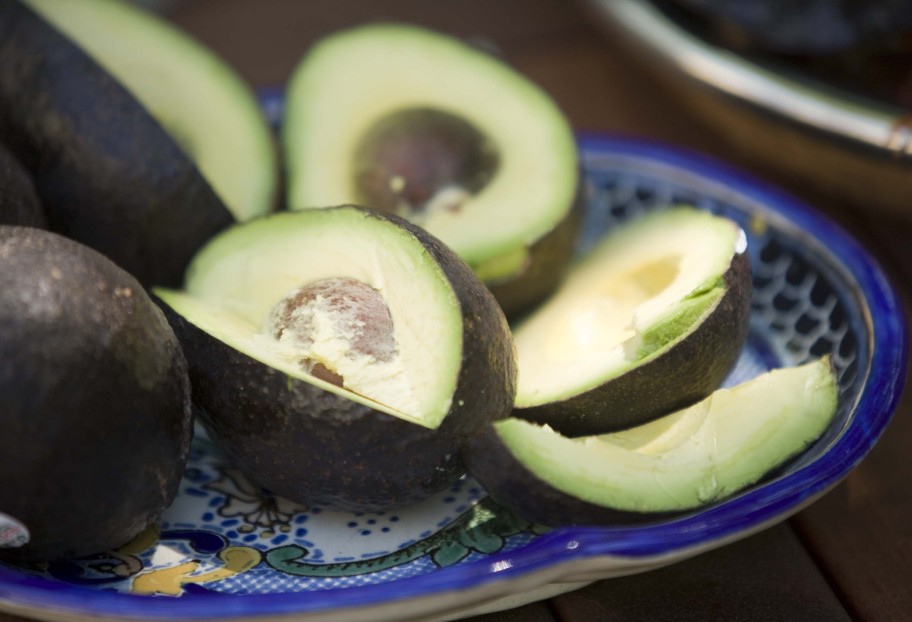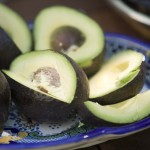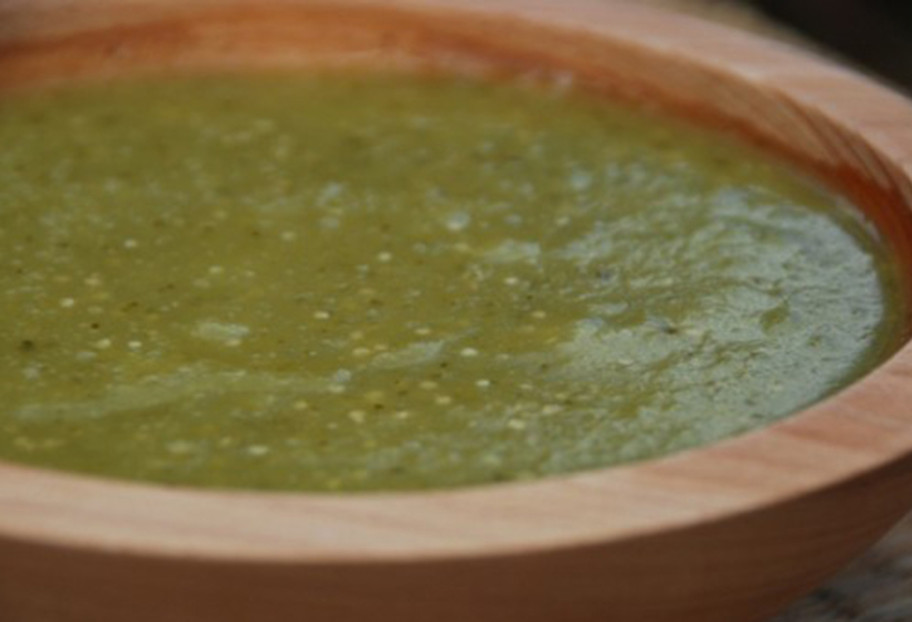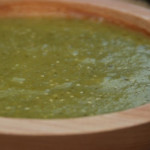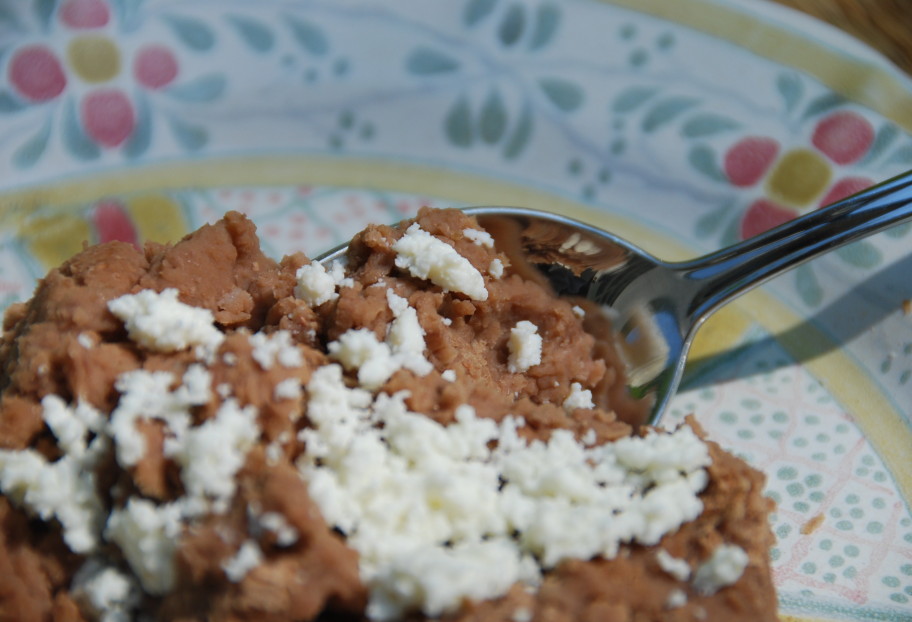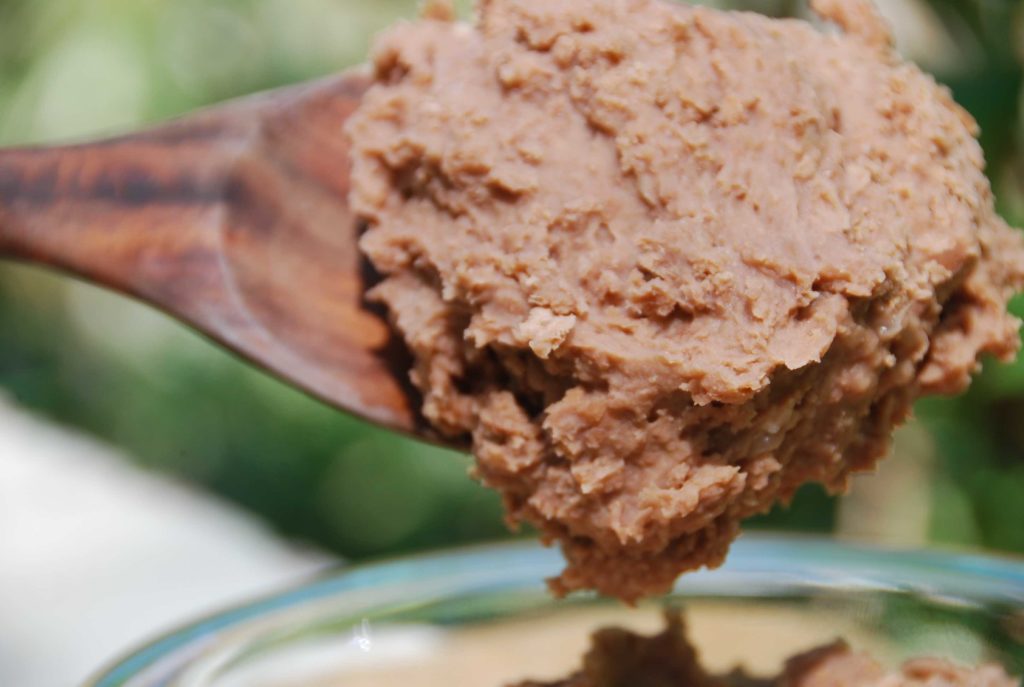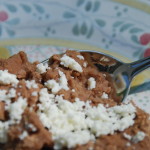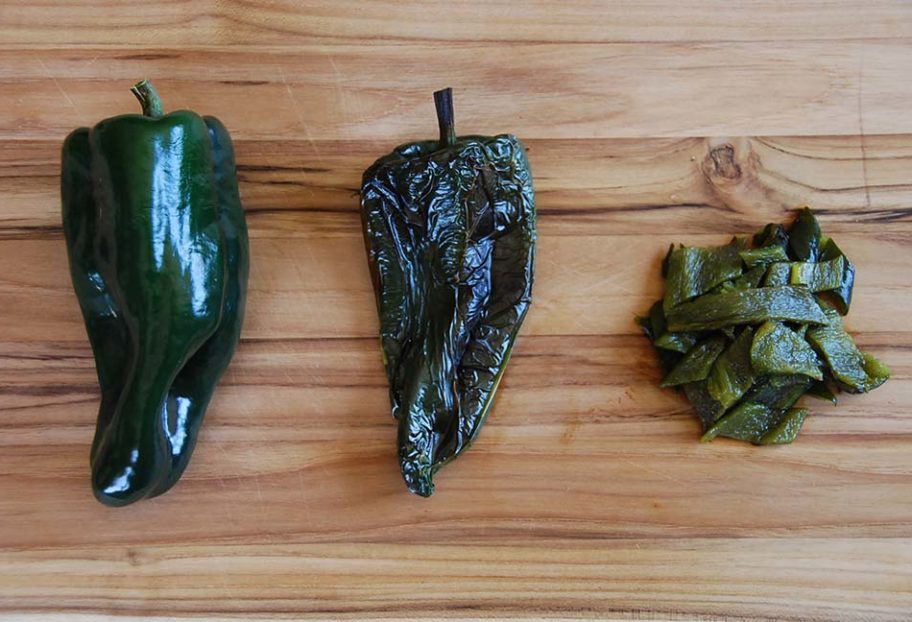In Mexican cooking, corn is eaten and drank, in just about every possible way… Esquites, freshly shaved corn usually cooked in a buttery broth with epazote leaves and Serrano chile, is one of the most popular takes. So much so, that my boys counted eight Esquite street carts in the small down town square of Chihuahua, when we were there last month.
It is very common to walk through the streets in a Mexican city or village, no matter how tiny it may be, and find a wide array of street food stands boasting the dishes that Mexicans abroad hanker for the most: Antojitos, or little cravings. Each one being a Universe compounded with layers of flavors, in its own right.
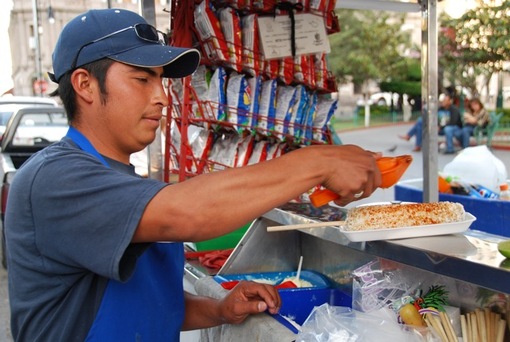
Esquites, as most of the Antojitos, is a very versatile dish. You may eat the whole cooked corn on a stick, or shaved off the cob, cooked and seasoned and served in a cup. Then, you can dress it up or dress it down according to your mood, with the traditional and complementing garnishes of mayonnaise or Mexican cream, crumbled salty Cotija or aged cheese, lime juice, salt and ground dried piquín chile.
I just shared it last week with the Fox midday news team.
My boys, of course, prefer the more hands on way of eating it, on a stick. They each have their personal spins. My middle one likes it with just butter, mayo and crumbled salty cheese. On top of that, my little one adds salt and some drops of limejuice. My oldest one proudly eats it, “with a lot of absolutely everything”… Which just means adding ground chile piquin to the later mix… but heavily loaded on all fronts.
It is a good time to try it now that we start to see the beautiful fresh corn in the markets. It is up to you to decide if you want it nice and neat in a cup or deliciously messy on a stick.
Cooked and Seasoned Corn
Ingredients
- 2 tablespoons unsalted butter
- 1 tablespoon safflower or corn oil
- 1 serrano chile or more to taste, chopped (seeding optional for less heat)
- 8 cups fresh corn kernels from about 12 ears of corn
- 2 cups water
- 2 tablespoons fresh epazote leaves chopped, or 1 whole leave dried, optional
- 1 teaspoon kosher or sea salt or more to taste
- 2 limes or about 4 tablespoons of fresh lime juice
- 1/4 cup mayonnaise or Mexican cream
- 1/2 cup crumbled Cotija fresco or añejo cheese
- Dried ground Piquín chile to taste
Instructions
- Melt the butter together with the oil on a cooking pot over medium-high heat. Add the chopped chiles and let them cook for about 20 to 30 seconds, moving them around.
- Incorporate the corn, chopped fresh epazote leaves or dried epazote leaf, water and salt. Stir it all up and bring to a simmer. Cover with a lid, bring heat to medium-low and cook for 12 to 14 minutes, until the corn is cooked but still tender. Turn off the heat. You may leave the corn in the pot for a couple hours.
- Serve corn in cups or small bowls. Let your guests add to their liking the fresh limejuice, mayonnaise or Mexican cream, crumbled cheese, powdered chile piquín and salt.
- You may also cook the whole corn in salted water with the epazote leaves. Once it is cooked and ready, garnish with the same ingredients.

